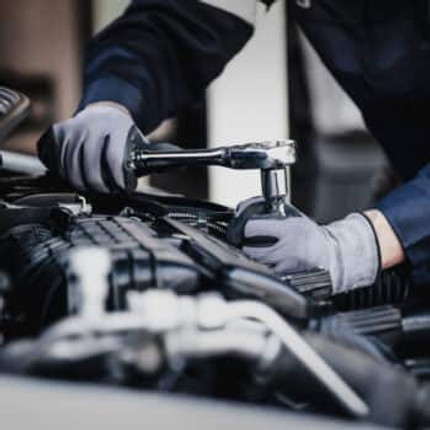Blog
Why the TH350 Transmission Is Still a Favorite Among Classic Chevy Owners
When you talk about classic Chevy cars, the TH350 transmission always finds its way into the convers
…
How to Choose the Right Level AOD Transmission for Your Ford
Choosing the right AOD transmission for your Ford isn't just about horsepower. It's about how you dr
…
Like most AODs at the time, GM 4L70E transmissions were designed with lightened materials to support
…
COMPUSHIFT II is the latest generation transmission control system from HGM Automotive Electroni
…
Download Installation Files
PLEASE FEEL FREE TO CALL US ON OUR TECH LINE AT (330) 434-2757
…
Download Installation Files
PLEASE FEEL FREE TO CALL US ON OUR TECH LINE AT (330) 434-2757
…
Download Installation Files
PLEASE FEEL FREE TO CALL US ON OUR TECH LINE AT (330) 434-2757
…
Download Installation Files
PLEASE FEEL FREE TO CALL US ON OUR TECH LINE AT (330) 434-2757
…
Download Installation Files
PLEASE FEEL FREE TO CALL US ON OUR TECH LINE AT (330) 434-2757
…
An Overview of The Different Levels of An Upgraded Transmission
A high-performance transmission is essential to any vehicle designed to deliver top-notch performanc
…
The transmission is one of the most critical components of a vehicle's powertrain. It transmits powe
…
Automatic transmissions are mechanisms designed to shift the gears of vehicles with the increase or
…




